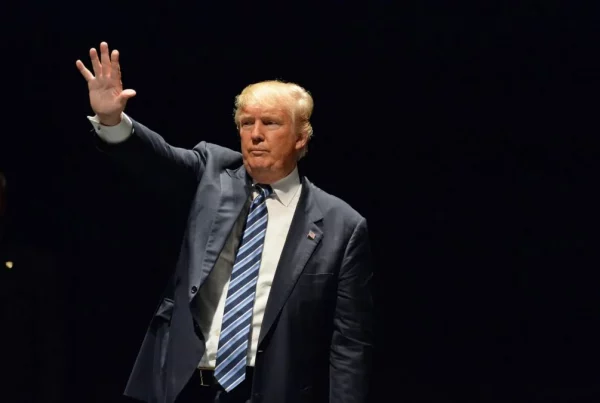The Bitcoin white paper, authored by the anonymous Satoshi Nakamoto, continues to be disseminated in multiple languages by community members who strive to make the document’s content accessible to a wider audience.
To date, the whitepaper has been translated into 43 languages, including including Chinese, Spanish, Italian, Russian, French, German, Bahasa Indonesian, Basque and Swedish, among others, according to information gathered from bitcoin.org on April 10.
Additionally, to cater to people with visual impairments, the whitepaper is also available in braille. These efforts have significantly contributed to making the document’s contents more accessible and understandable to a broader audience worldwide.
The translation of the Bitcoin whitepaper plays a significant role in breaking down the entry barriers to Bitcoin and enabling millions of people worldwide to understand its technology better. By eliminating the language barrier, people can engage with the subject and gain a deeper understanding of how Bitcoin works.
Fortunately, anyone interested in translating the whitepaper can do so by submitting a request through the bitcoin.org Github page. This open approach allows anyone, anywhere in the world, to contribute to the dissemination of knowledge about Bitcoin and help make it more accessible to people of diverse cultures and languages.
Bitcoin white paper found on Apple MacBooks
Last week, it was revealed that the Bitcoin white paper was found buried deep inside Apple’s (NASDAQ: AAPL) system files on computers running macOS Catalina or later.
The document, which has the filename “simpledoc.pdf,” purports to present Satoshi Nakamoto ideas for a decentralized form of currency that is based on a public ledger on all nine of its pages.
Interestingly, the self-proclaimed Satoshi Dr. Craig Wright accused the tech giant of breaching copyright laws by putting the Bitcoin white paper on MacBooks. Wright is well-known for his contentious approach to asserting intellectual property rights over Bitcoin and its underlying technology.






